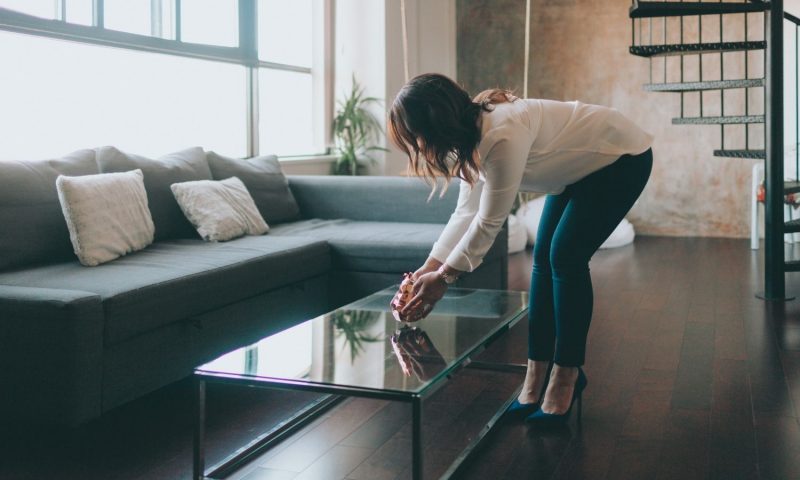Do you stage your rental properties? Landlords who stage rentals can make them look more upscale on listings and attract the kinds of tenants they want to see.
Many landlords don’t focus on how they stage their rental properties, and it could be costing them valuable tenant opportunities. The way a property looks determines the type of renters you’ll attract, and it can even impact the amount of rent you can charge. These essential staging tips for landlordswill help you fill properties quickly and minimize the monetary loss that comes with a gap between tenants.
Depersonalize the Décor
If a tenant’s lease is ending and they’re moving out soon, you may need to take pictures of the rental while they still live in it. Ask for permission and schedule a day with your tenant to stage and photograph the entire property.
Make sure the property is clean before taking photos—listings with heavy clutter, even decorative clutter, can drive applicants away. Have your tenant take down and stow any personal artifacts, such as photos, pet supplies, and notes.
You want listing viewers and touring guests to imagine themselves living in the property—leave just enough furniture and décor to open their minds to the potential of the property, but not too much to leave them feeling overwhelmed.
Fix up Your Property
Sometimes, you may need to wait until a tenant has moved out to list the rental and take photos of it. When staging a rental property, fix any damage left behind by previous tenants or from old age. Repair any dents, holes, or cracks in the wall and replace any broken fixtures if necessary. Deep clean appliances and utilities—many tenants judge a property based on how the inside of a stove, fridge, or toilet looks.
Don’t forget to spruce up the outside of the property! If the rental is a house, check around the yard for any broken accents or excess trash. Trim any overgrown shrubs and check for pests like wasps or rodents.
Keep the Furniture Simple but Effective
When you need to furnish a vacant property to stage it, don’t go overboard with the furniture. Add pieces that give direction for how to use each space of the house—a small dining set, office furniture, and maybe a few wall decorations.
How you decorate depends on the audience you’d like to attract; if you’re angling toward young applicants, you may need more modern interior design and color trends, while families may appreciate a cozy, lived-in rental. Always consider who you want to see your listing, as different tenants may have unique ideas for how to put a room to good use.
Leave plenty of clean, open space for applicants’ imaginations to run wild as they tour the property. Place furniture or décor in the areas that need it the most, like bland rooms or areas with strange designs. Make sure to follow the most relevant and essential staging tips for landlords.
